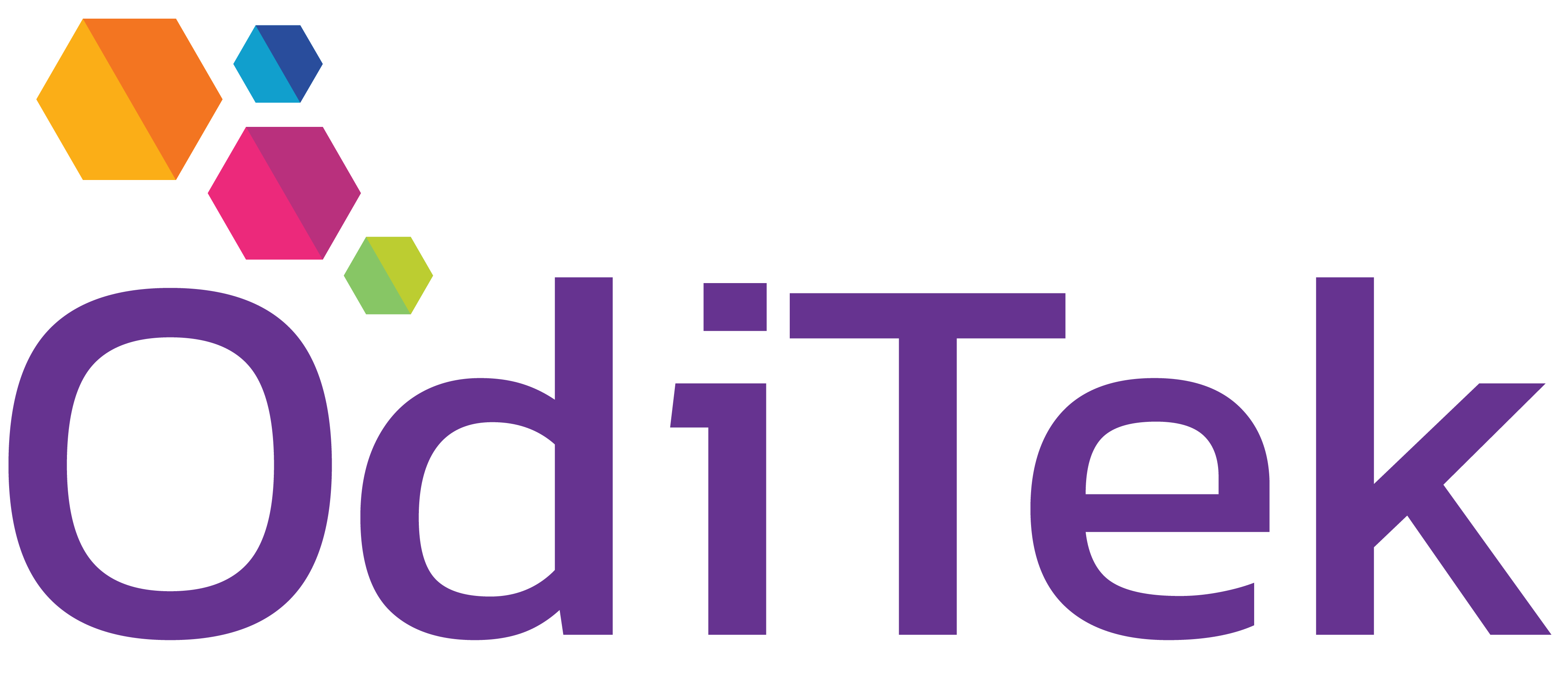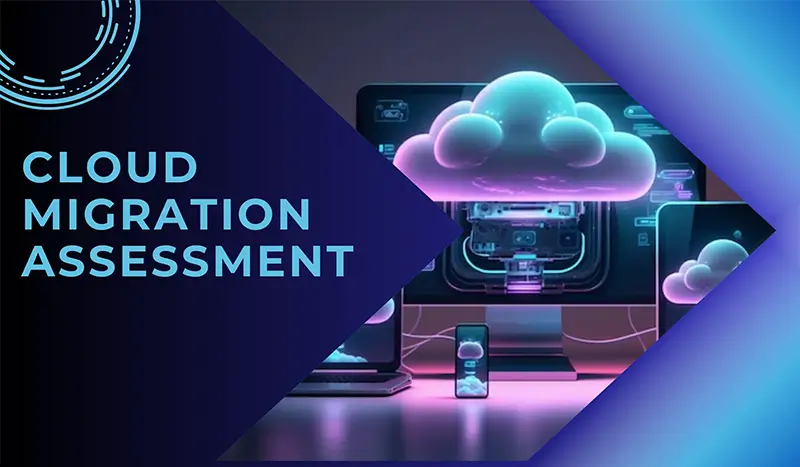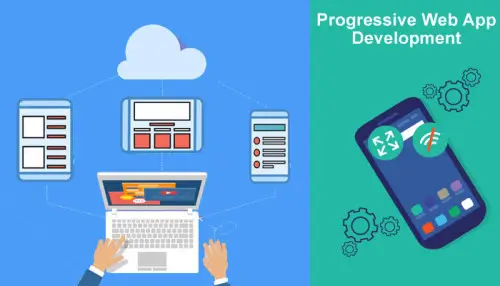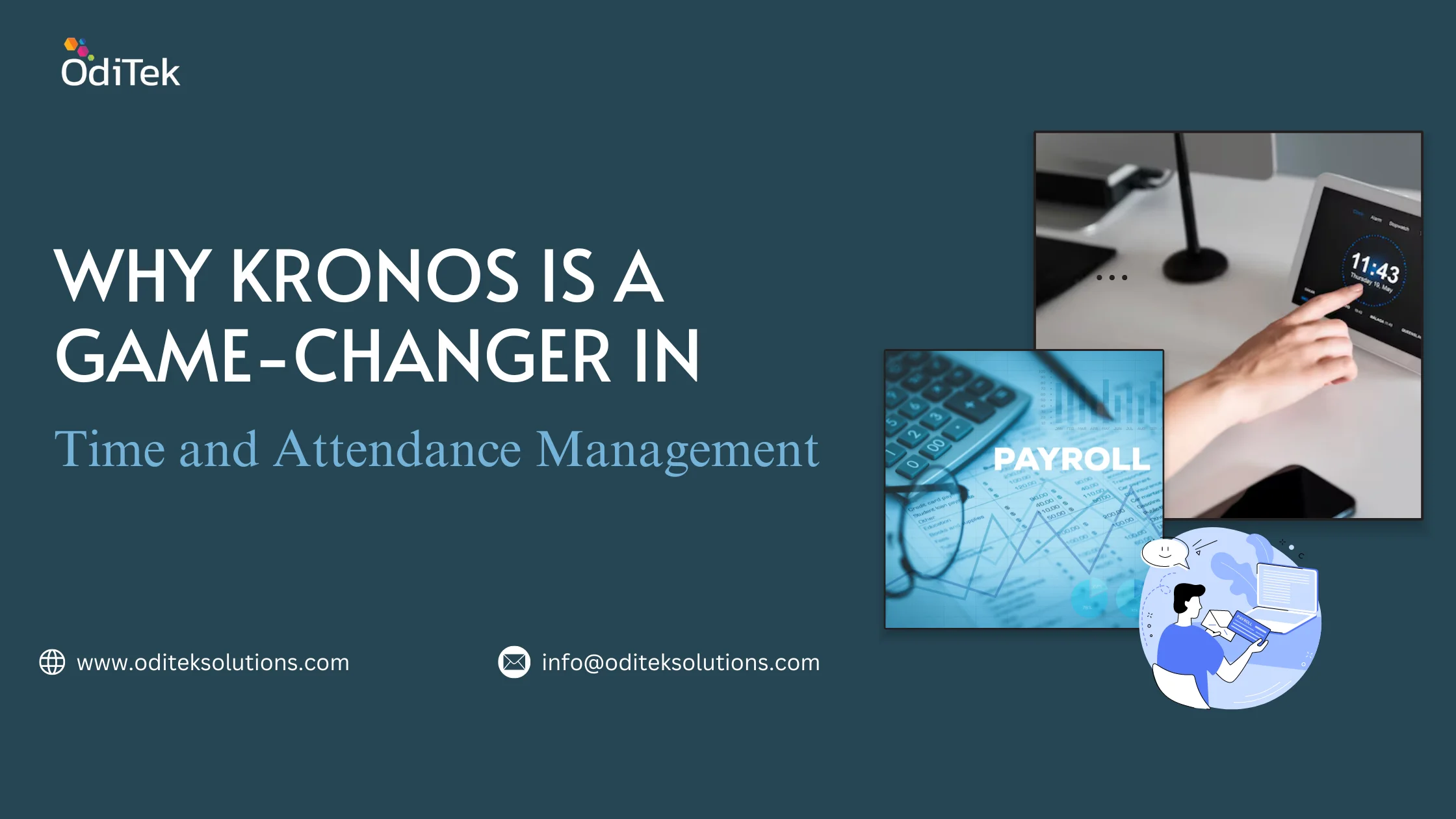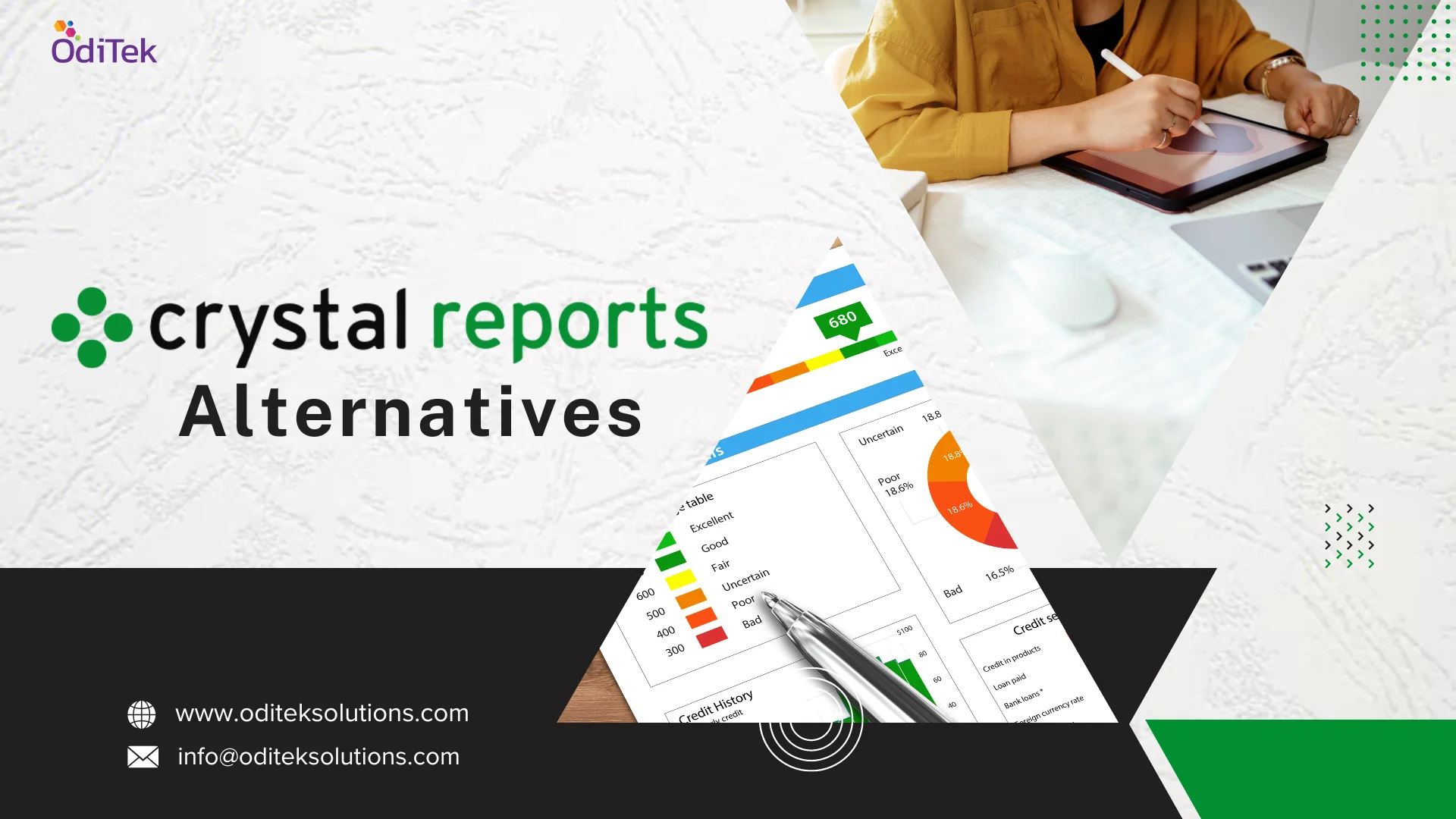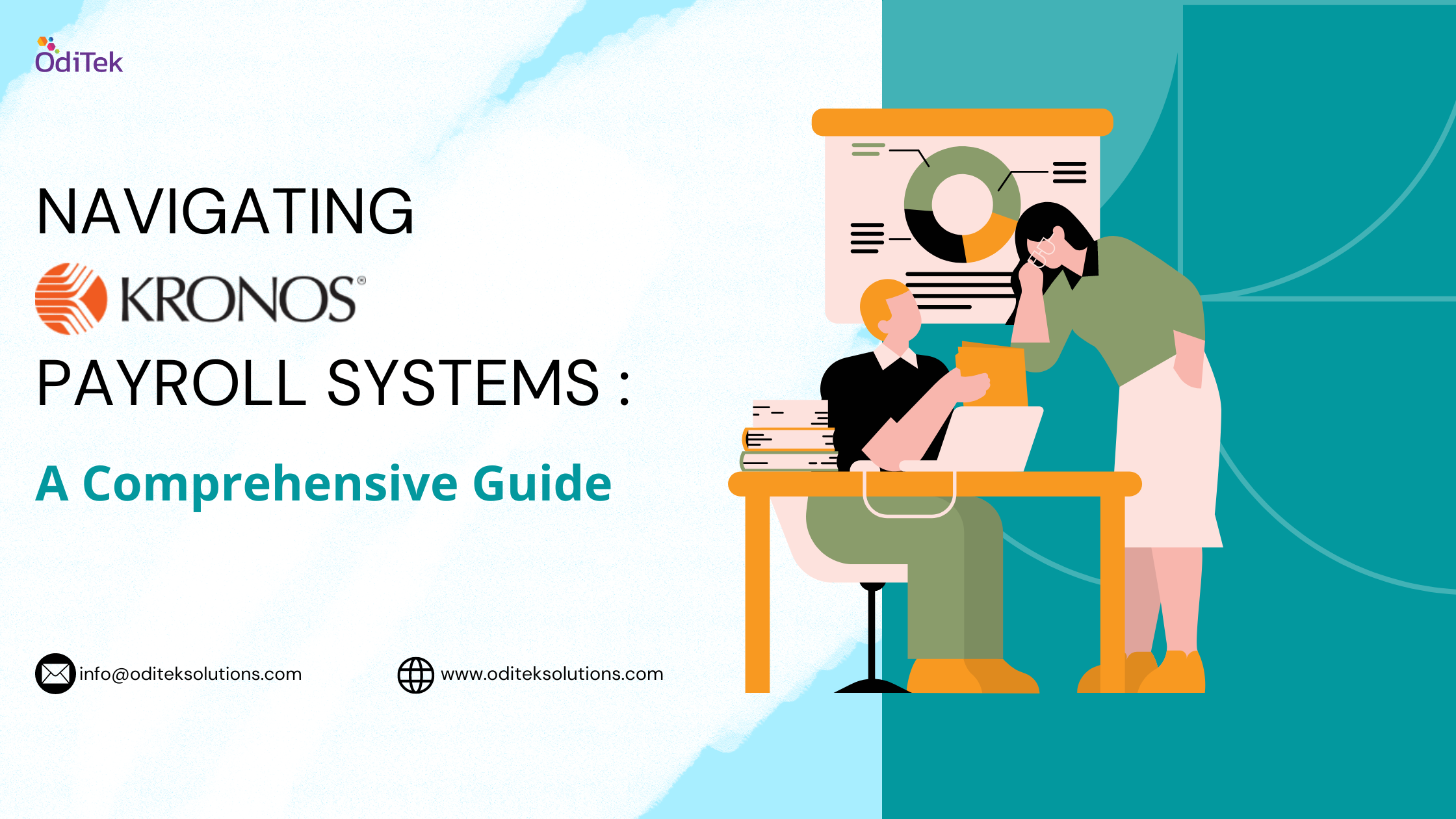What is cloud migration?
Cloud migration strategy refers to the moving applications, data, and other IT resources from on-premises infrastructure or existing data centers to cloud-based services. The cloud migration process involves moving workloads and data to a cloud environment provided by a cloud service provider (CSP), such as Amazon Web Services (AWS), Microsoft Azure, Google Cloud Platform (GCP) or others.
Cloud Migration Process
The cloud migration process generally involves the following steps:
1. Assessment
Evaluate existing applications and infrastructure to identify workloads suitable for migration and determine their interdependencies.
2. Planning
Develop a migration plan, including a timeline, resource allocation, and selecting the appropriate cloud services.
3. Testing
Conduct thorough testing of applications and data in the cloud environment to ensure compatibility and functionality.
4. Data Migration
Transfer data from on-premises systems to the cloud, considering data integrity and security during the process.
5. Application Migration
Move applications to the cloud, reconfiguring or adapting them as necessary.
6. Validation
Verify that all migrated applications and data are functioning correctly in the cloud environment.
7. Optimization
Continuously monitor and optimize the cloud infrastructure to ensure cost-effectiveness and performance
Cloud Migration Benefits
Cloud migration offers numerous benefits, including:
1. Scalability
Cloud services allow easy scaling up or down of resources based on demand, ensuring efficient utilization of computing power.
2. Cost Savings
By moving to the cloud, organizations can avoid the upfront costs of hardware and infrastructure, paying only for what they use on a pay-as- you-go model.
3. Flexibility
Cloud platforms offer a wide array of services and tools, enabling organizations to adapt to changing business needs quickly.
4. Reliability
Reputable cloud providers typically offer high availability and redundancy, ensuring better reliability than on-premises setups.
5. Security
Top-tier cloud providers implement robust security measures, often surpassing what many organizations can achieve on their own.
6. Collaboration
with Cloud-based solutions seamless collaboration among teams, takes place regardless of their physical locations.
7. Automatic Updates
Cloud providers handle updates and patches, reducing the burden on IT teams and ensuring systems remain secure and up-to-date.
Application migration to the cloud has become a crucial step for businesses looking to embrace the benefits of cloud computing. Cloud migration offers various approaches, each tailored to address specific business needs and challenges. In this blog, we will explore the six most common application migration strategies, known as the “6 R’s,” along with real-world examples and insights to help organizations make informed decisions when moving their applications to the cloud.
THE 6 R’s of cloud migration strategy
1. Rehosting (Lift-and-Shift)
Rehosting, also known as “lift-and-shift,” involves moving applications from on-premises infrastructure to the cloud with minimal changes. This approach is ideal for organizations looking to migrate quickly, especially in large-scale legacy migration scenarios. By using automated migration tools like Cloud Endure Migration or AWS VM Import/Export, businesses can efficiently migrate applications to the cloud.
Benefits:
Rehosting offers immediate cost savings by leveraging the cloud’s scalability and pay-as-you-go model. It provides a solid foundation for further optimization and modernization.
2. Replatforming (Lift-Tinker-and-Shift)
Replatforming refers to few cloud optimizations to achieve tangible benefits with maintaining the core architecture of the application. For instance, organizations might migrate to a fully managed service like Amazon RDS for database management or Amazon Elastic Beanstalk for application hosting.
Benefits: Replatforming enables cost reduction and operational efficiency while retaining the familiarity of existing applications.
3. Repurchasing (Move to a Different Product)
Repurchasing entails moving from an existing product to a different one, often a Software-as-a-Service (SaaS) platform. This strategy is commonly used when transitioning to popular SaaS solutions for CRM, HR, CMS, and other business functions.
Benefits: Repurchasing allows businesses to benefit from specialized SaaS features, seamless upgrades, and reduced maintenance efforts.
4 Refactoring / Re-architecting (Cloud-Native Transformation)
Refactoring known as re-architecting, involves reimagining the application’s architecture and development to leverage cloud-native features fully. This strategy is driven by the need for enhanced features, scalability, and performance, which might be challenging to achieve in the existing environment.
Benefits: Refactoring enables businesses to unlock the full potential of cloud-native capabilities, fostering agility, scalability, and innovation.
5-Retire (Get Rid Of)
Retire refers to eliminating applications that are no longer useful or relevant in the organization’s IT portfolio. Identifying and retiring such applications can yield significant cost savings, optimize resources, and reduce security risks.
Benefits: Retirement streamlines the IT portfolio, allowing resources to be redirected to more critical applications.
6-Retain (Revisit or Do Nothing)
The retain strategy involves maintaining the status quo for certain applications due to various reasons, such as existing depreciation schedules, recent upgrades, or low-priority applications. It is essential to prioritize migration efforts based on business needs and goals.
Benefits: Retaining applications allows organizations to carefully plan and revisit migration decisions at a later stage.
Conclusion
Cloud migration is a critical step for organizations looking to modernize their IT infrastructure, improve business agility, and reap the benefits that cloud computing has to offer. However, it requires careful planning, execution and management to achieve a smooth and successful transition.
At OdiTek, we offer tailored solutions to seamlessly transition your business to the cloud. With expertise in cloud migration strategy and best practices, we ensure a smooth and efficient process, enabling scalability, security, and cost optimization for your organization’s success.
